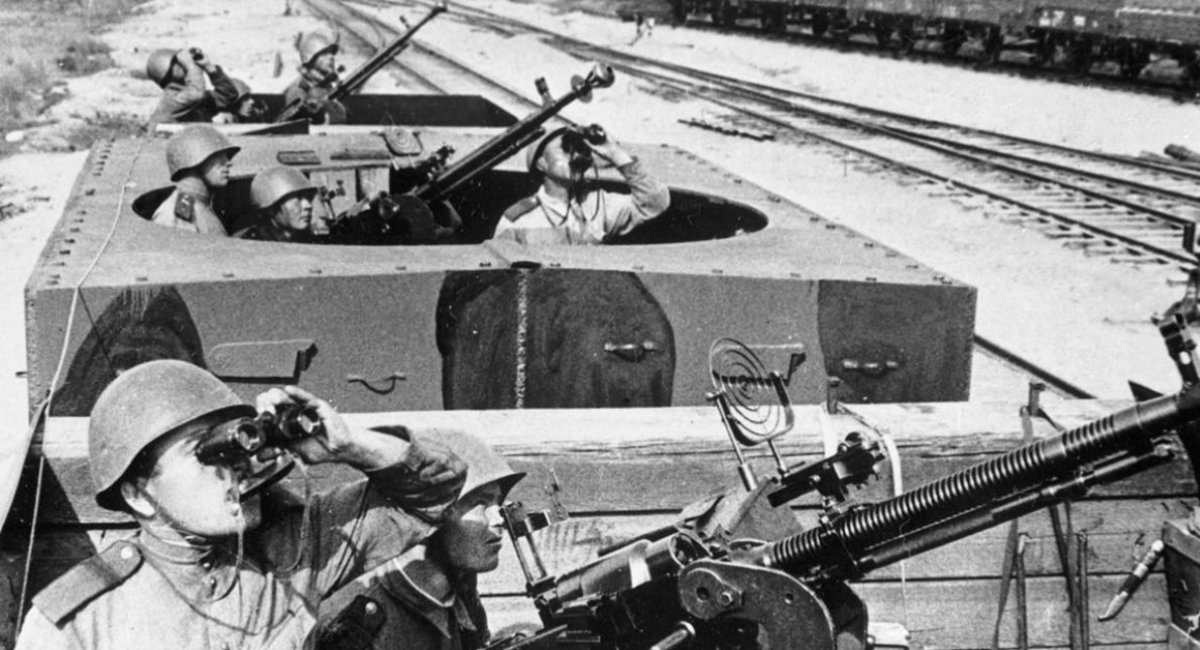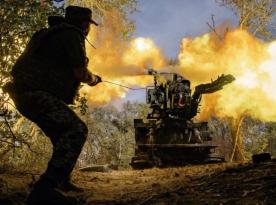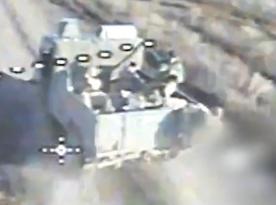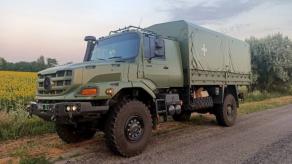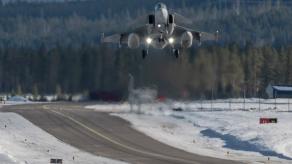russia's use of long-range drones against Ukraine's civilian infrastructure has entered a new and deeply concerning phase, targeting railway transport. Over the past few days, russian forces have conducted multiple strikes on Ukrainian trains, signaling a deliberate campaign to disrupt logistics and terrorize civilians far from the front line.
According to Nizhyn Mayor Oleksandr Kodola, russian troops launched 12 Shahed kamikaze drones at a freight train traveling between Nosivka and Nizhyn in Chernihiv region. On the same day, another strike damaged Ukrzaliznytsia locomotive in the nearby town of Snovsk. These incidents follow an earlier October 4 attack on a passenger train stationed at the Shostka railway terminal, an escalation that confirms a systematic targeting pattern.
Read more: Ukrainian Intelligence Warnes Partners that russia Uses Tankers for Reconnaissance, Sabotage
The latest wave of attacks demonstrates that russia's strategy of energy and infrastructure strikes has evolved into attacks on mobile targets, such as trains. This poses new challenges for Ukrainian defense planners. Whereas earlier discussions focused on protecting locomotives from small FPV drones, the Shahed drones represent a larger and more complex threat, capable of traveling hundreds of kilometers and carrying heavier payloads.
Ukrainian analysts note that the russian military has begun equipping the Shahed drones with mesh modems and onboard cameras, effectively transforming them into long-range FPV systems. This technology allows operators to manually guide drones in the terminal phase of flight, improving accuracy and making them particularly dangerous against moving targets like trains.
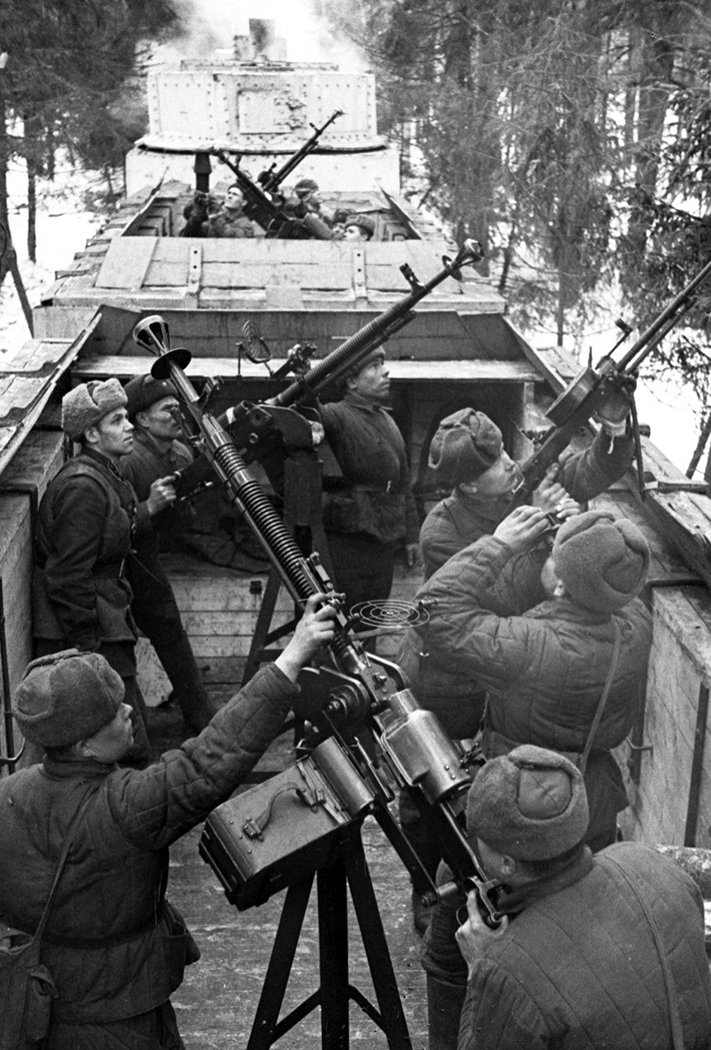
In response, experts argue that railway protection must now be approached as a comprehensive defense system, integrating detection, electronic warfare, and mobile anti-air platforms.
History offers relevant lessons: during World War II, both Soviet and German forces deployed anti-aircraft railcars, special platforms equipped with machine guns or cannons, coupled to trains operating in high-risk areas. These makeshift defenses often helped repel low-flying aircraft attacks that otherwise devastated convoys.

Modern Ukraine could adapt that concept using current-generation air defense systems mounted on rail platforms, for example, lightweight MANPADS launchers, automatic cannons, or radar-guided sensors linked to nearby command posts. Integrating such mobile defenses into the railway network could provide trains with a degree of autonomous protection while maintaining operational flexibility.
At the same time, technical solutions must consider compatibility with electrified lines, as many Ukrainian routes run under high-voltage contact networks. Designing modular platforms that can safely operate under these conditions will be essential to ensure both security and efficiency.
Read more: Leaked Data Reveals russian Su-57, Su-35, and Su-34 Jet Orders by Iran, Algeria, and Ethiopia




